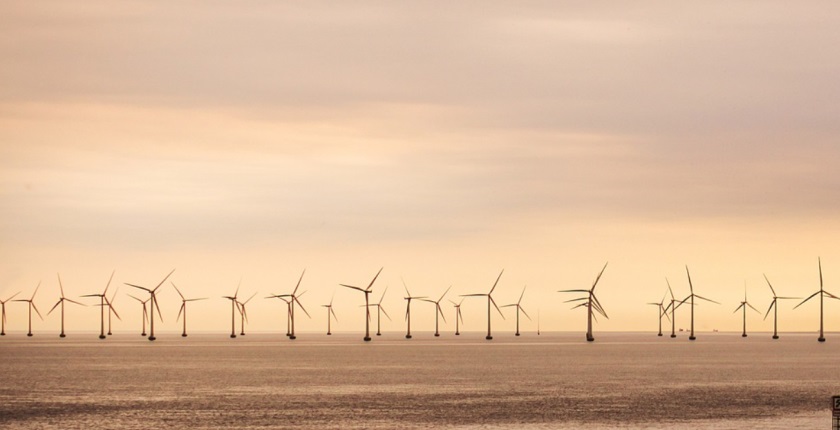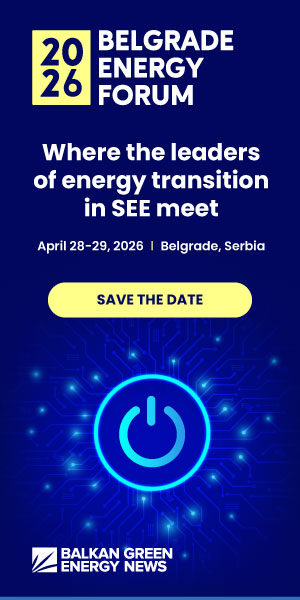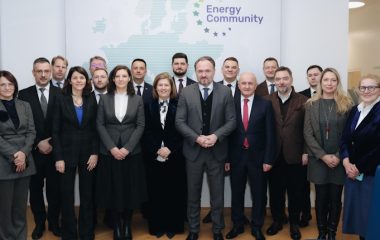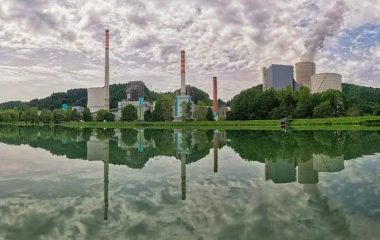
Photo: PTNorbert on Pixabay
Share
In contrast to Western Europe and the North Sea, there are no offshore wind installations yet in Southeast Europe. But Greece, Bulgaria and Romania made the first step today with a declaration of intent to develop such projects. They are also improving cooperation in the sectors of gas and green hydrogen.
The document was signed in Athens at the annual meeting of the Central and South Eastern Europe Energy Connectivity (CESEC) high-level working group. The three governments said offshore wind has great potential for the decarbonization of their economies and for supplying their neighbors with green energy.
Greece completed its national offshore wind program in October, determining the zones in the Aegean Sea where such projects can be realized. The country will make use primarily of floating wind turbines, because of the sea depth.
The government has set the goal of installing about 2 GW in offshore wind farms by the end of the decade, according to the revised National Energy and Climate Plan (NECP). The capacity factor is a big plus in offshore wind, since in the Aegean it is expected to reach up to 50%, versus 25% to 30% in onshore systems.
New interconnections vital
Equally important are the various electricity interconnections that will have to be established to increase the flow and trade of renewable electricity in the Balkans.
Greece has already launched the Green Aegean Interconnection (GAI) project to transfer electricity, produced partly from offshore wind, all the way to Central Europe. Independent Power Transmission Operator (IPTO) is said to be considering a route through the Adriatic, with the line reaching Slovenia.
Deputy Minister of Environment and Energy Alexandra Sdoukou met with her Slovenian and Croatian counterparts today to discuss GAI.
The government is also promoting the installation of the Great Sea Interconnector, linking Greece, Cyprus and Israel, along with the GREGY link to Egypt. IPTO included investments in its ten-year development plan in upgrading all existing land-based interconnections with neighboring countries.
New Greece-Bulgaria line inaugurated
One such new line has already been completed recently. The Maritsa – Nea Santa connection between Greece and Bulgaria started operations on June 30, increasing flows to 1,400 MW in the northward direction and to 1,700 MW southwards.
Sdoukou: New line with Bulgaria contributes to the whole region
Today, during the CESEC meeting, the project was officially inaugurated by the deputy ministers of energy of the two countries, Alexandra Sdoukou and Iva Petrova.
According to Sdoukou, it is a major positive development that will have a substantial contribution to the reliability of the grid in the whole region.
Regional hydrogen cluster to be established
Another noteworthy development in this year’s CESEC is the initiative by Bulgaria, Romania and Greece to create a Regional Renewable Hydrogen Cluster.
It would be part of CESEC’s next action plan. The goal is to decarbonize hard-to-abate sectors such as transportation and industrial production.
Greek-Bulgarian MoU on energy cooperation
Furthermore, Bulgarian Minister of Energy Rumen Radev and his Greek counterpart Thodoros Skylakakis signed a memorandum of understanding for bilateral cooperation in energy.
The aim is to increase electricity and natural gas flows while creating hydrogen networks, optimize the production of renewable energy and hydrogen in Southeastern Europe, continue the digitalization of power grids, as well as to promote the European Union’s relevant projects of common interest (PCIs).
Vertical gas corridor project expanded to Slovakia, Moldova and Ukraine
Last but not least, three more countries entered the plan for a vertical corridor in natural gas. Slovakia, Moldova and Ukraine would be able to buy gas from the southern corridor and the nearly completed liquified natural gas (LNG) terminal offshore Alexandroupolis in northern Greece.
Quantities would be sold via Bulgaria, Romania and Hungary, under the structure that the MoU envisages.









Be the first one to comment on this article.